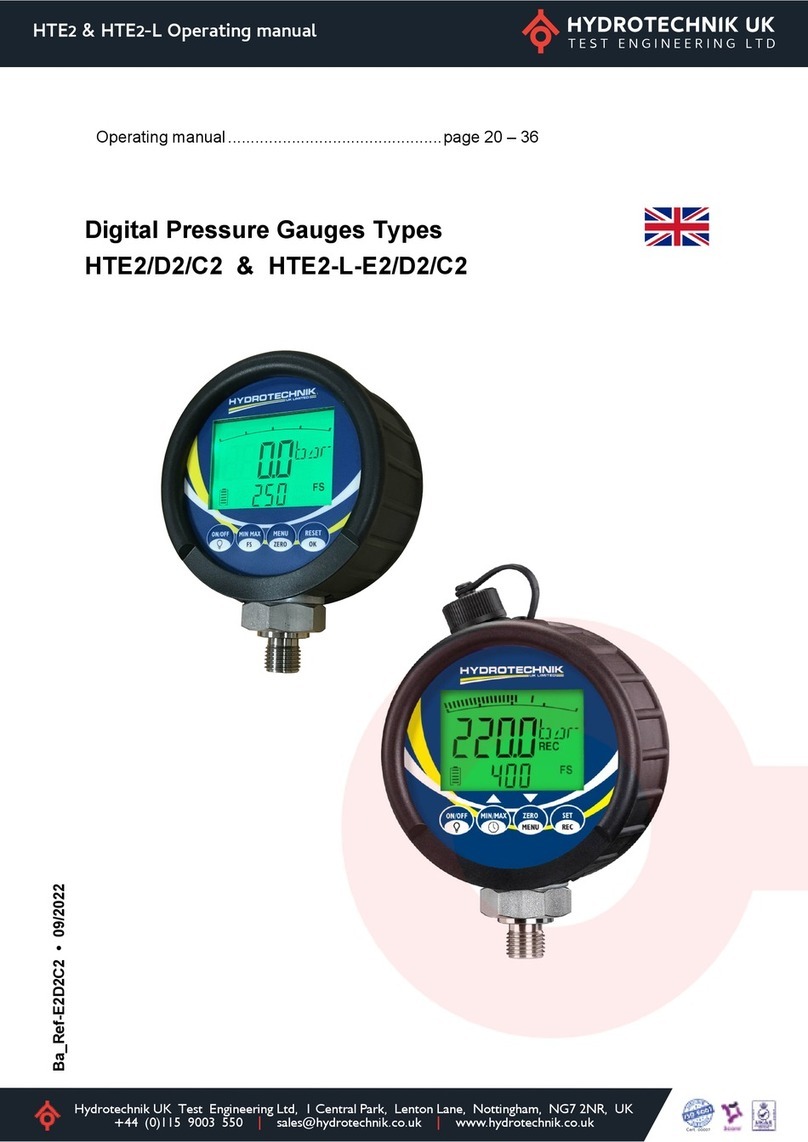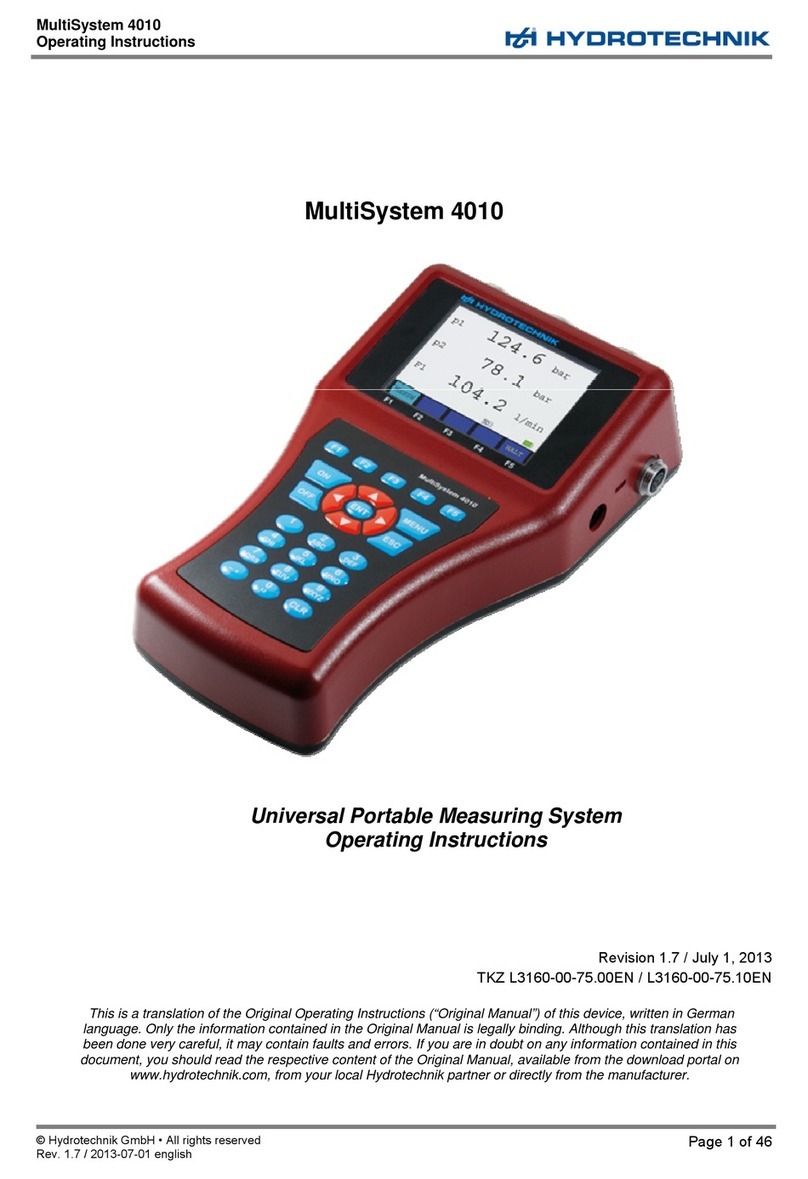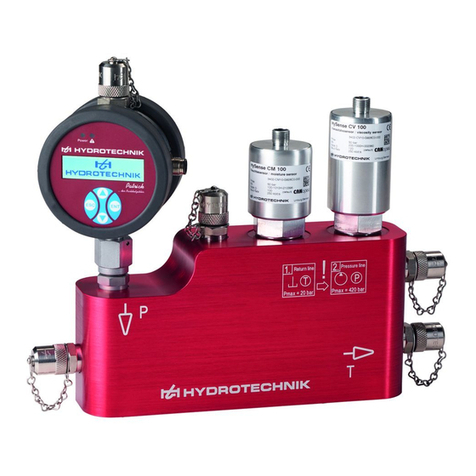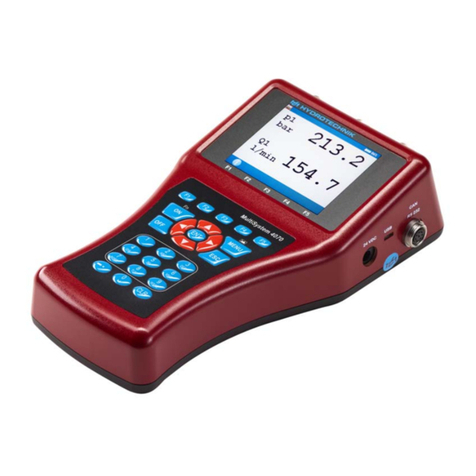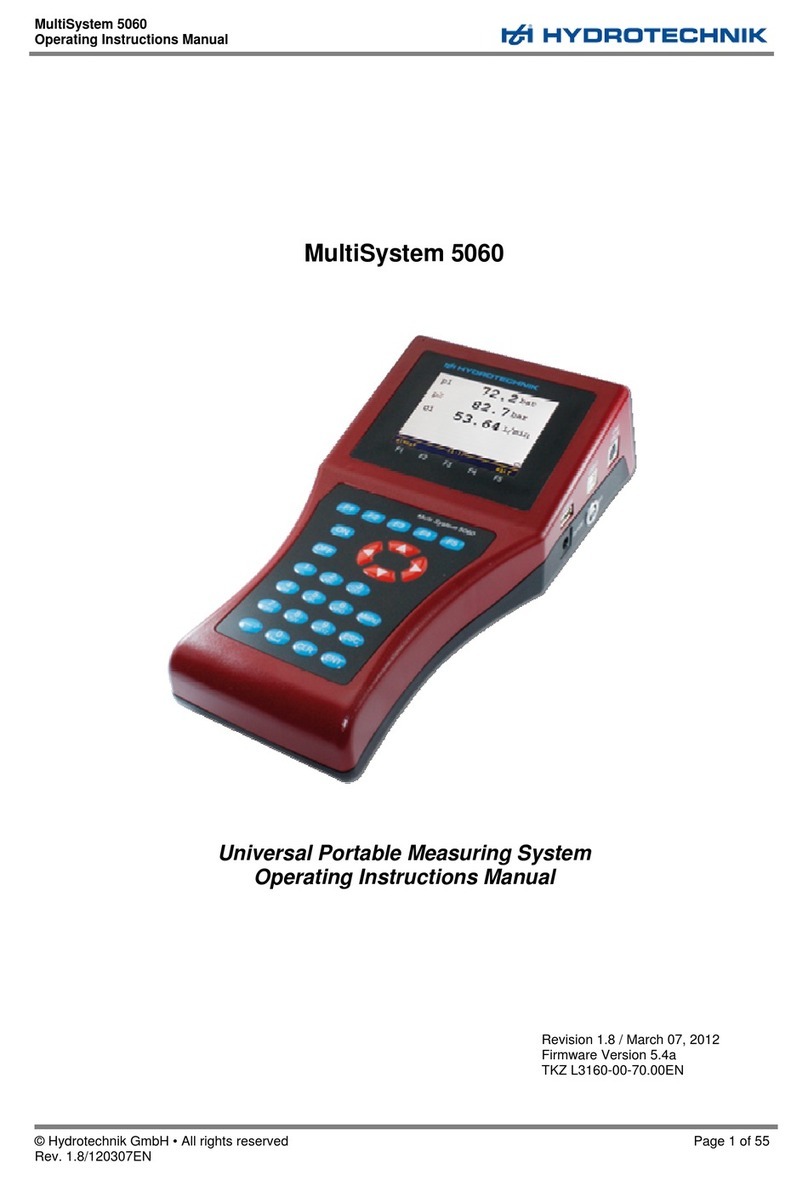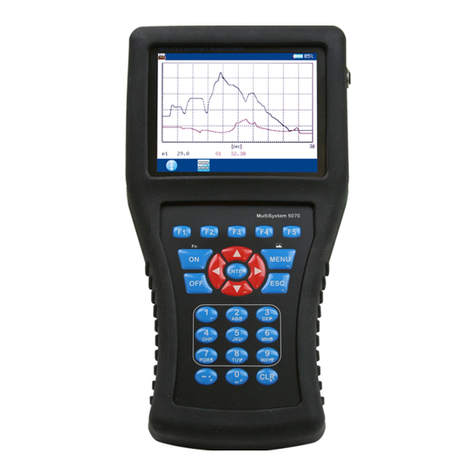Table of Contents
1. Safety ...............................................................................................................................4
1.1 General safety instructions......................................................................................................4
1.2 Notes on handling with the measuring system........................................................................6
1.3 Notes on handling with cables and hoses...............................................................................6
2. INTRODUCTION ..............................................................................................................7
2.1 Scope......................................................................................................................................7
2.2 Copyright.................................................................................................................................7
2.3 Limitation of liability.................................................................................................................7
2.4 Intended use ...........................................................................................................................8
2.5 Warranty..................................................................................................................................8
2.6 Customer obligations ..............................................................................................................9
2.7 Authorized personnel..............................................................................................................9
2.8 Disposal ..................................................................................................................................9
3. DESCRIPTION OF THE PORTABLE PARTICLE MONITOR......................................10
3.1 Properties..............................................................................................................................10
3.2 Dimensions of the instrument................................................................................................11
3.3 Specifications........................................................................................................................11
3.4 Description of the instrument.................................................................................................12
4. INSTALLATION AND START-UP.................................................................................14
4.1 Measurement via bottle samples / direct withdrawal from the tank.......................................14
4.2 Direct connection to the hydraulic line...................................................................................16
4.3 Deaerate the device and the hose lines................................................................................17
4.4 Electrical connections ...........................................................................................................18
4.5 Evaluation .............................................................................................................................19
4.6 Sequential data output..........................................................................................................20
5. DESCRIPTION OF THE PATRICK................................................................................23
5.1 Menu tree..............................................................................................................................24
6. COMMUNICATION SETTING........................................................................................32
6.1 Configuration of the serial interface.......................................................................................32
6.1.1 Interface parameters........................................................................................................32
6.1.2 Interface parameters........................................................................................................32
6.2 Communication via USB .......................................................................................................33
6.3 CANopen...............................................................................................................................33
7. SERVICE AND ACCESSORIES....................................................................................39

